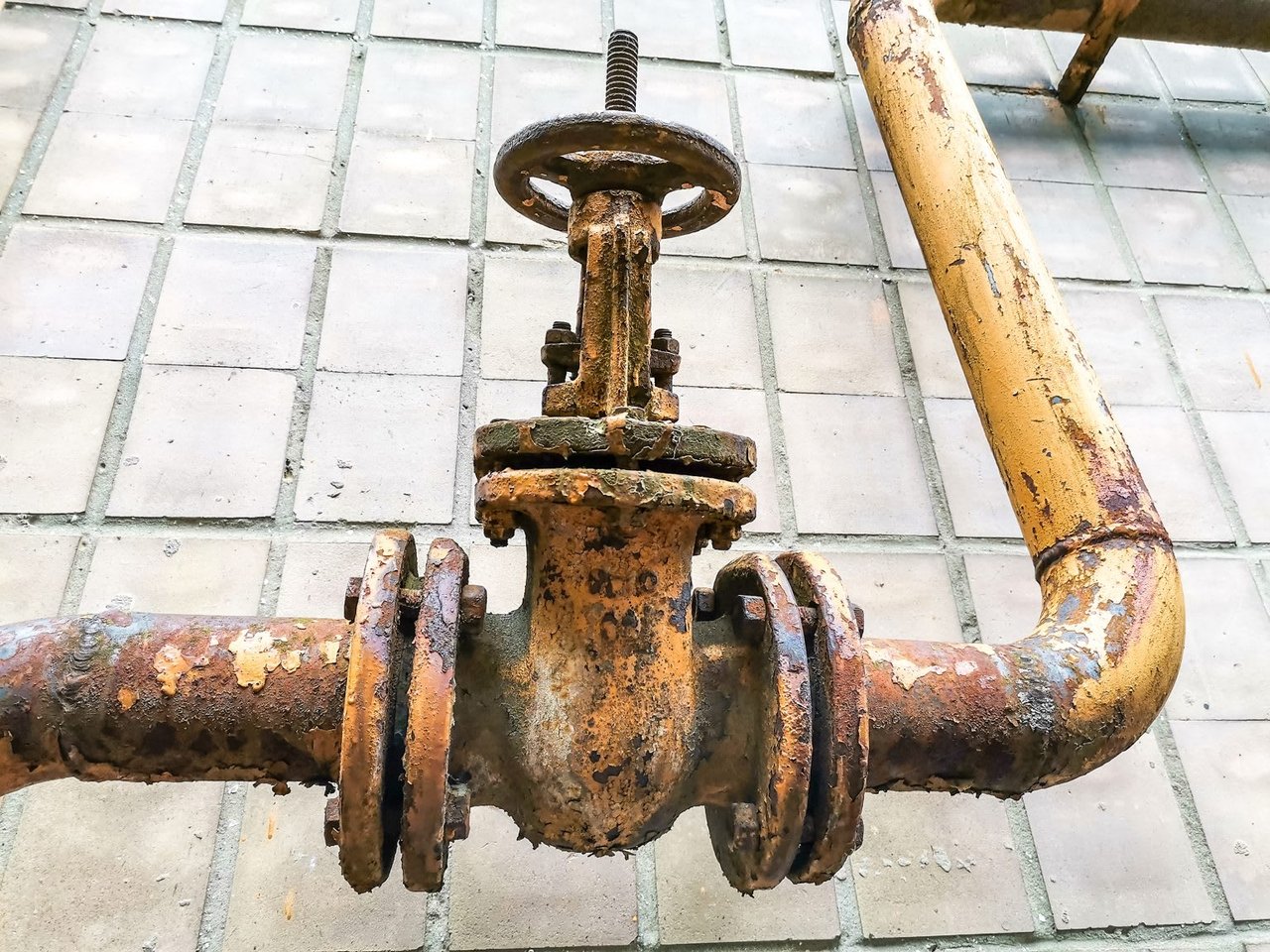
We recently were representing a buyer on a home in Allen built in 1972. From all appearances, the home looked great and the buyer loved it. That is, until a plumbing leak was discovered by the inspector. The inspector went on to say there might be more leaks he couldn't get to and that's when he mentioned there was cast iron sewer piping under the home.
We decided to do a little more investigating and called a good plumber we know well. They told us cast iron sewer piping used to be considered the gold standard up until the 1970's after which plastic PVC (PolyVinyl Chloride) became prevalent. PVC is cheaper and much easier to make.
They went on to say cast iron piping has a life expectancy of about 50 years under ideal conditions and we're now at the 50 year mark for hundreds of thousands of homes across the country built in the 70's. Simply stated, these cast iron sewer pipes are starting to crumble.
The plumber said they were in the middle of a big job costing in the range of $30K to replace all of the cast iron sewer plumbing with PVC. They had to dig throughout the foundation to get to all of the plumbing.
I did a little more research on Google and discovered ...
- Deteriorating cast iron pipes develop small cracks that eventually grow into holes and bigger breaks that cannot be patched.
- Once cast iron starts to fail, the entire system is probably going to start failing. It's not a one and done situation. There are most likely going to be more as time goes on. To correct the problem, you basically have to abandon the cast iron and replace it with PVC
- One of the most troubling issues associated with these breaks is “black water”— a form of dark, dirty water full of backed-up sewage, bacteria, and fungi. If pipes are not working and draining out this wastewater and semi-solid waste, those things have nowhere to go except into a home.
- Cast iron drain pipes can pose the risk of serious and costly damage as well as various health problems. They might even make a home uninhabitable, depreciate it in value, or even render it unsellable until the issue is alleviated
- Here are some things you might notice if there's a sewer leak in the piping ... foul smells (especially a “rotten egg” smell), water-stained carpets, rugs, or mats, cracked, raised, or loose floor tiles or stained or discolored tile (or tile grout)
It’s the ‘70s, and PVC (PolyVinyl Chloride plastic) comes onto the scene. These plastic pipes have the required strength to be durable for long-term use, and are cheaper and easier to make.
Signs It’s Time to Replace Your Pipes
You can avoid a troublesome situation by looking out for signs that reveal your cast iron drain pipes are damaged and should be replaced:
- Discoloration: water coming from your faucets is brown or yellow
caused by corrosion or rust. - Leaks: persistent leaks could be due to cracks caused by sulfuric
acid. When hydrogen sulfide gasses oxidize, pipes rust from the
inside out. - Backups/Slow Draining: toilets and sinks are not functioning,
as they should. - Odor: cracked pipes cause sewer gas to escape. This gas has
a foul odor, and is not healthy. - Contaminants and Pests: rodents, roaches, and other critters
get into your house through cracks in the pipes.




